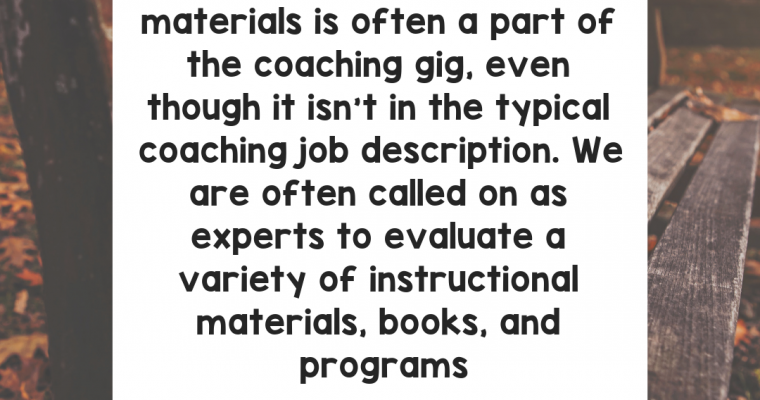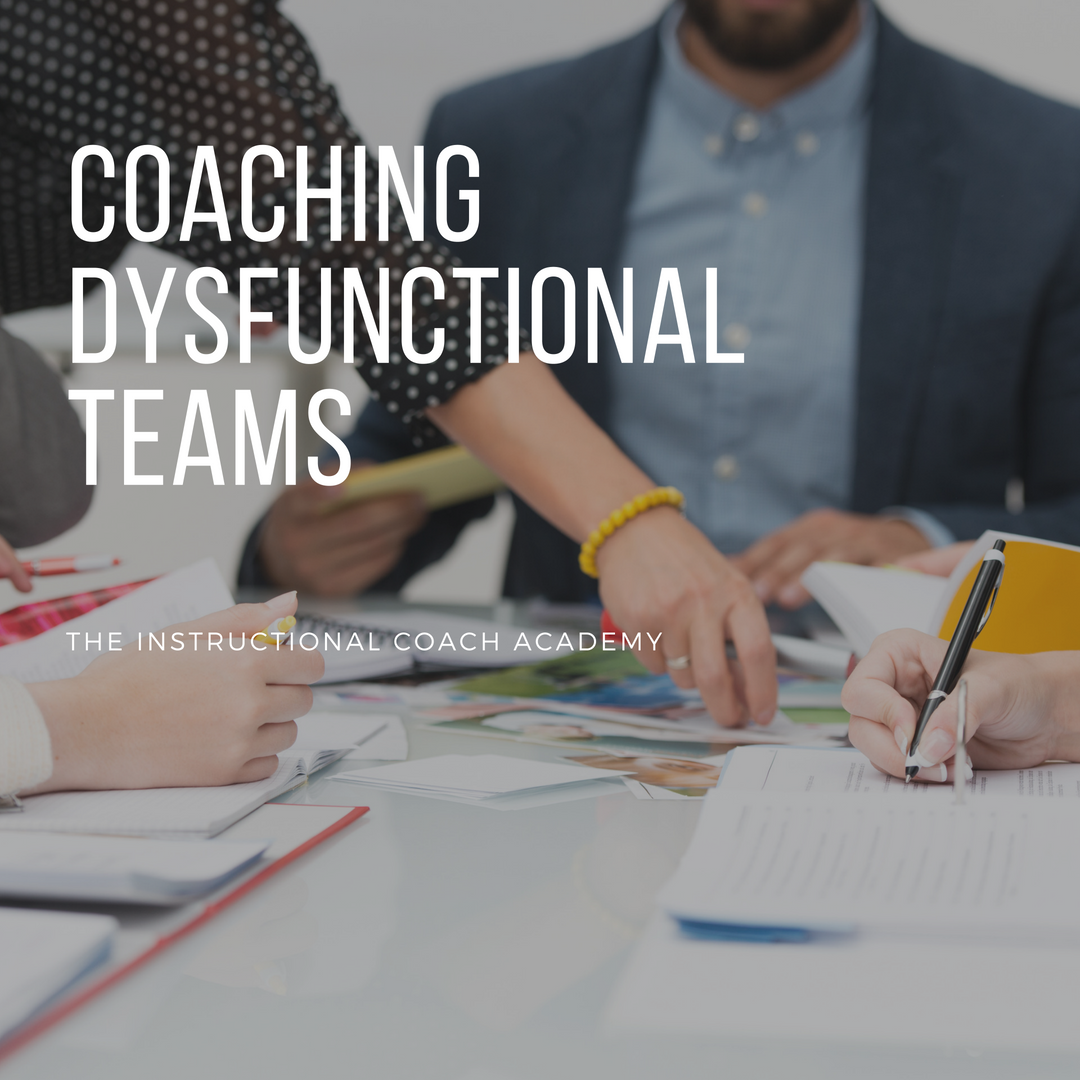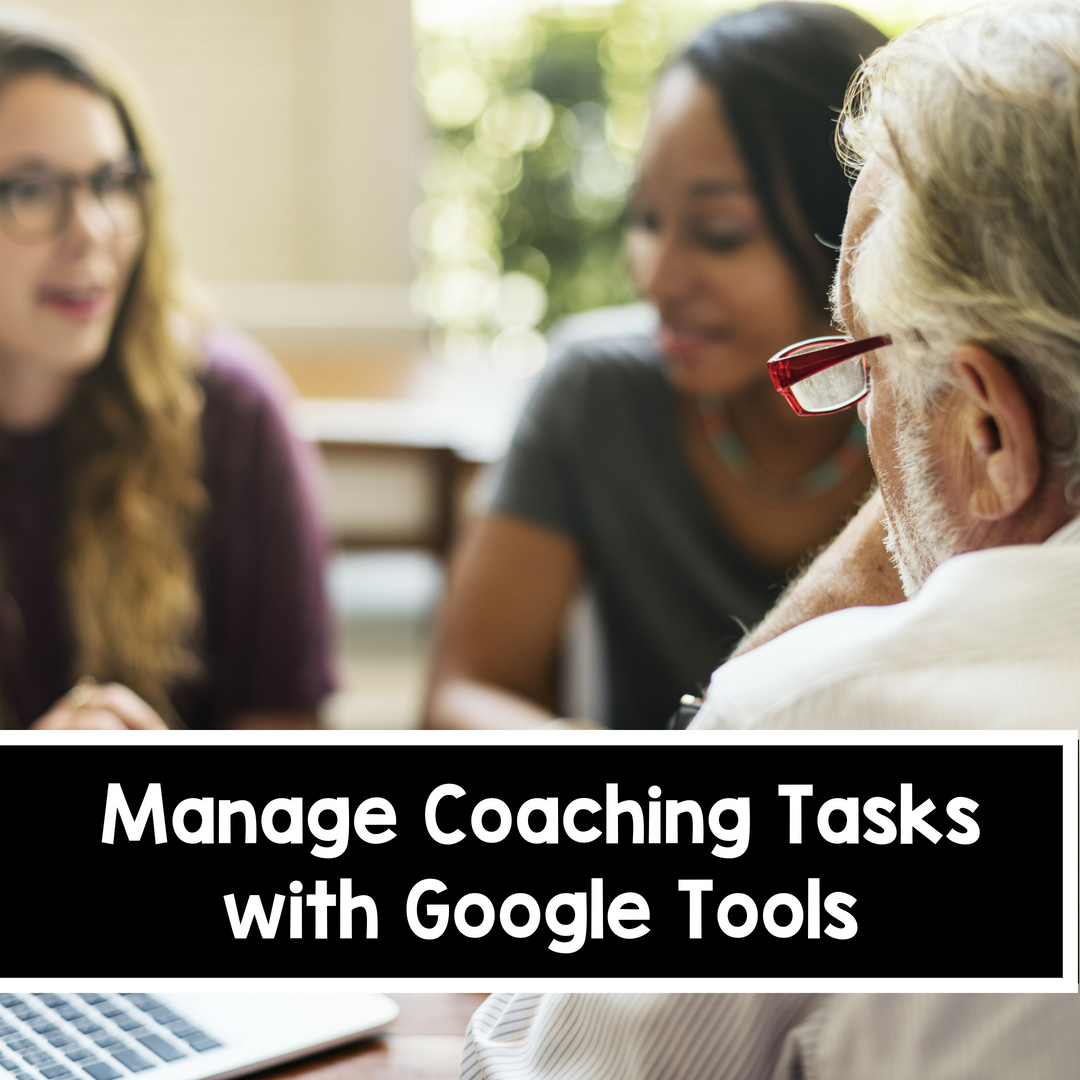Evaluating Instructional Materials: An Integral Part of Being an Instructional Coach
Evaluating materials is often a part of the coaching gig, even though it isn’t in the typical coaching job description. We are often called on as experts to evaluate a variety of instructional materials, books, and programs. There are so many things to consider when […]



![[September] Teacher Self-Care Calendar For Teachers](https://theinstructionalcoachacademy.com/wp-content/uploads/2018/09/September-Self-Care-Calendar.001-760x400.jpeg)




